Kashmir
Sri Pratap Museum Srinagar Kashmir
Mother Masala Tours
Artistic Brilliance of Ancient Kashmir
Sri Pratap Museum Srinagar Kashmir. A journey through the scenic streets, one quickly discovers a place of cultural richness. Established in 1898, this museum is more than a mere collection of artifacts, it is a living testament to Kashmir's historical and artistic legacy. From its inception by Maharaja Pratap Singh, the institution has become a focal point for preserving the narrative of a region shaped by diverse influences, from ancient dynasties to modern challenges. Visitors will encounter a variety of exhibits, including exquisite sculptures, rare manuscripts, and intricate textiles that each tell a story, threading together the past and present of the Kashmiri people.
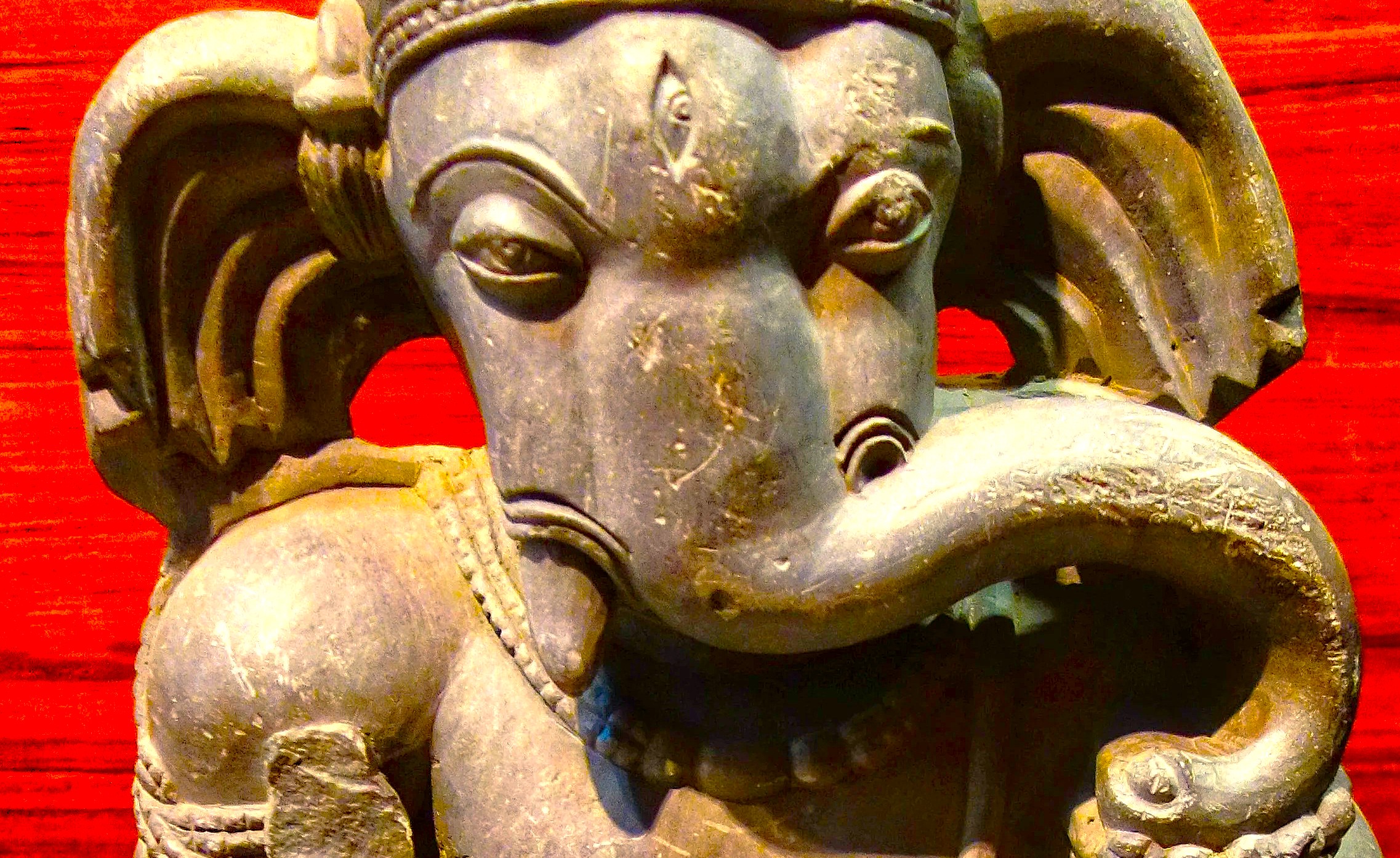
Sri Pratap Museum Srinagar Kashmir: Timeless Artifacts
In the heart of Srinagar, this institution stands as a crucial keeper of the region's historical narratives. Established in 1898 under the governance of Maharaja Pratap Singh, it is home to an extensive array of historical items, including sculptures, coins, and manuscripts. The collection captures the narrative of Kashmir from ancient times through the Mughal Empire to contemporary developments. Many items, such as artifacts made of wood, metal, and textiles, depict the area's traditions and craftsmanship. We find meticulously curated displays that reflect the rich cultural heritage, with each artifact symbolizing a connection to the past and a dedication to the preservation of identity.
Ancient Mosaics: Impeccable Craftsmanship
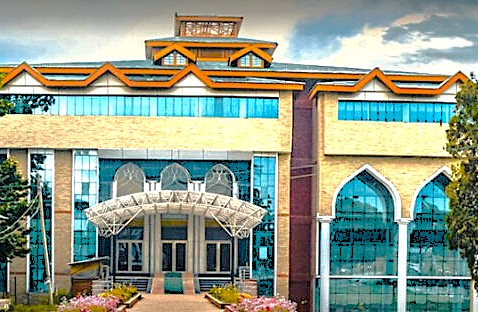
The heritage preserved within these walls is a testament to the skilled artisans of the past. The craftsmanship evident in the collection is outstanding; artisans used traditional methods passed down through generations to create intricate wood and stone carvings. The foundation of this craftsmanship can be traced to the Shah Mir Dynasty, which ruled from 1339 to 1561, marking the beginning of Kashmiri artistic tradition. One of the defining contributions of this dynasty is the use of chiseling techniques to create stunning artwork on stone structures that still stand today.
The Pulse of the Local Community
Sri Pratap Museum Srinagar Kashmir. The spirit of the local community is deeply intertwined with the Sri Pratap Museum Kashmir. The residents of Srinagar are known for their warmth and hospitality, which creates an inviting atmosphere for those who step inside. Their connection to their heritage is palpable, as many actively participate in cultural activities and initiatives linked to the museum.
Capturing the Magic: A Photographic Haven
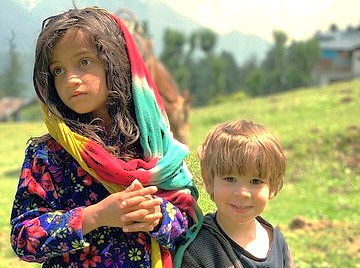
This museum location offers a myriad of opportunities to capture truly stunning photographs of Kashmir's deep heritage. Inside, your lens can focus on the elegant, classical interior design of the display rooms, highlighting the ancient artifacts within. Outside, the wonderful, meticulously kept gardens and the structure's architecture create a picturesque setting. Each corner of the Museum presents a unique composition for photography, whether capturing the subdued beauty of historical structures or the ornate details of centuries-old crafts. The building and its preserved artifacts provide an understated elegance.
Festivals of Devotion: Honouring the Sacred and the Divine
Throughout the year, the Museum hosts vibrant festivals, each holding traditional significance. Events like Navroz, celebrated in March, mark the Persian New Year and attract numerous participants. This festival features various cultural performances, dances, and the sharing of traditional foods. During the Eid festivities that follow Ramadan, locals come together to offer prayers and share meals, honoring the spirit of unity and generosity. Situated in a place where culture thrives, these celebrations become a testament to the deep-rooted religious traditions of the region, bringing together different communities who come out to express their devotion.
The Connection with the Gods

The region is predominantly known for worshipping Shiva, a principal deities in Hinduism, to whom various ancient temples across the area, including the one on Shankaracharya Hill, are dedicated. Tales of how these sacred spaces were constructed in his honor, constantly invoking his powerful blessings for both prosperity and enduring protection. Furthermore, Adi Shankaracharya, an influential 9th-century philosopher, greatly strengthened the religious significance of the entire region. Dedicating his life to enlightenment and wisdom.
Ancient Technologies: Sacred Sound, Geometry & Astrological Influences
Sri Pratap Museum Srinagar Kashmir. The design of various sacred locations emphasizes sacred geometry, integrating natural elements into their construction. Notably, the measures and forms utilized in such constructions align with astrological principles to create healing energies. For instance, the Shankaracharya Temple features specific geometric shapes that contribute to its acoustics, fostering harmonious sound waves during rituals. The Solfeggio frequencies, like 174 Hz, are associated with grounding and stability, creating a peaceful atmosphere conducive to meditation and reflection. The use of stones and natural materials reinforces the spiritual connection, with granite cherished for its physical resilience and metaphysical properties to enhance emotional well-being.
Serendipitous Meetings: Beyond the Main Path
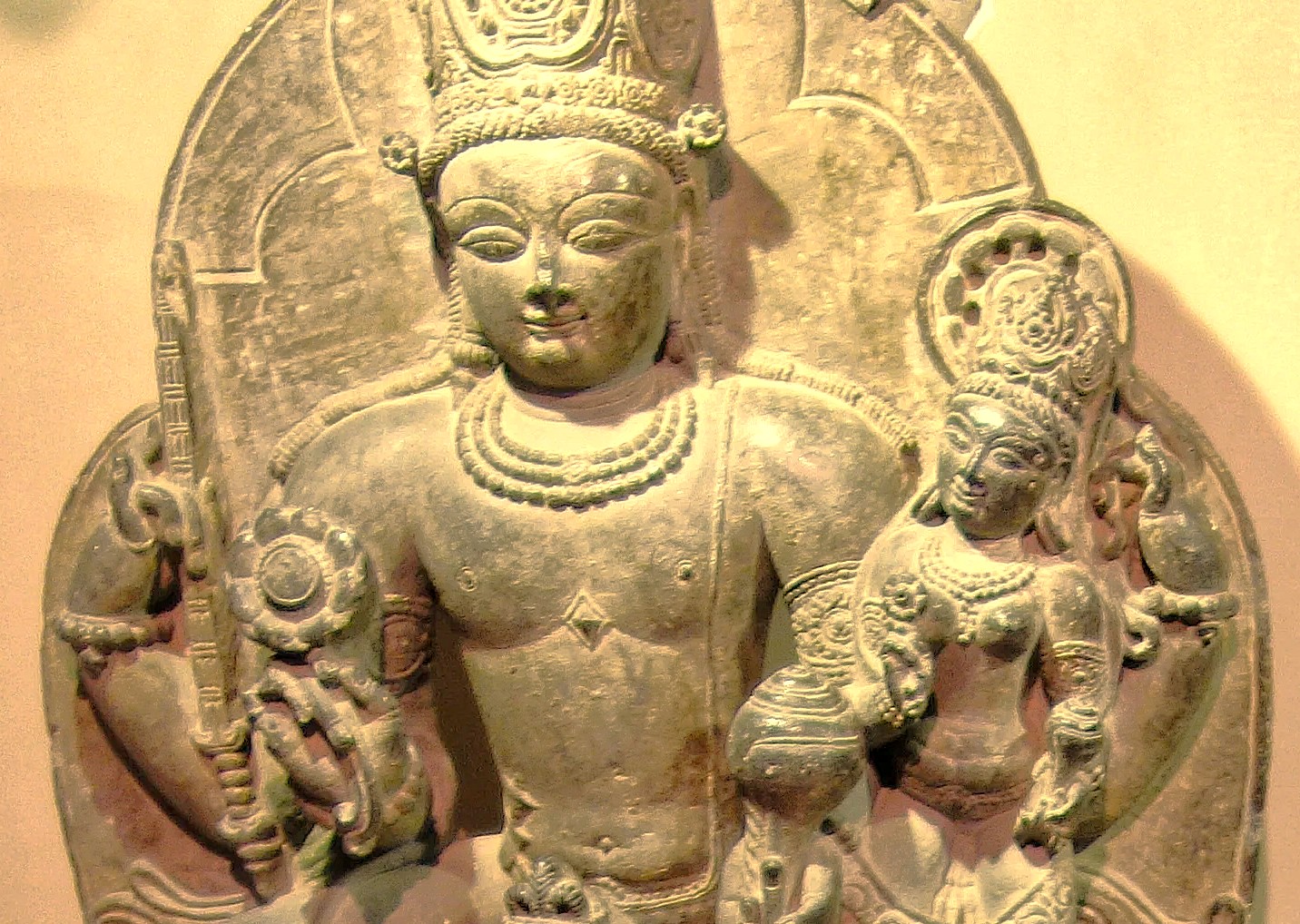
The ancient city of Srinagar unveils a delightful variety of unexpected encounters for the curious traveler. As you stroll along the winding lanes and byways, you might discover local craftsmen engaged in time-honored practices, such as skillfully hand-weaving carpets or creating intricate paper-mâché items. These small, unassuming workshops offer a rare glimpse into the daily lives of the dedicated artisans, allowing you to truly appreciate the intricate skills possessed by the locals. This intimate experience fosters a meaningful connection between us and the craftsmanship.
Urban Legends: Strange Sightings, Myths and Mysteries
Sri Pratap Museum Srinagar Kashmir. The rich folklore surrounding this area is infused with tales that intrique the collective imagination. Legends reveal stories of lost treasures hidden within the walls of ancient temples, believed to be safeguarded by mystical forces. One story speaks of a ghostly apparition said to wander the halls of the local heritage sites, keeping a watchful eye on precious artifacts. Another popular myth recounts encounters of visitors hearing melodic tunes emanating from seemingly empty spaces, hinting at the presence of transcendental beings.
Resilience and Renewal: Overcoming Adversity’s Challenges
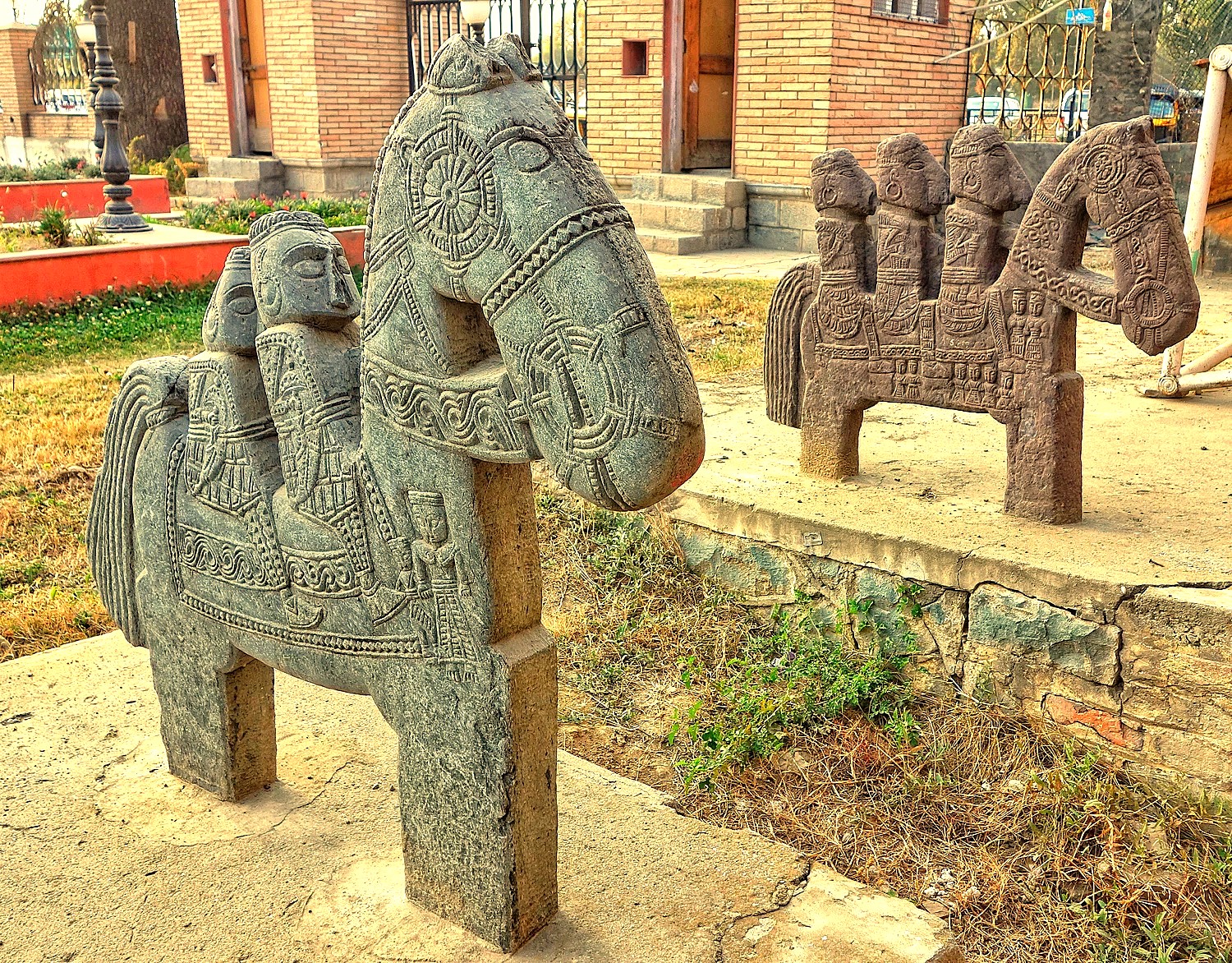
The timeline of this place is marked by resilience in the face of challenges. Significant events, such as the Earthquake of 2005, caused extensive damage to numerous structures, yet the local population rallied together for recovery. Furthermore, the floods of 2014 brought about disastrous consequences but catalyzed a collective spirit among residents who dedicated efforts to restore community life. Historical battles, such as those fought during the First Kashmir War in 1947, have also tested the fortitude of the local inhabitants. Each of these instances serves as a chapter in the ongoing saga of the people, revealing their ability to rebuild.
Holy Cow, India is Everything You Didn’t Know You Needed
Prepare for an enriching journey into history, culture, and community at the Sri Pratap Museum. There’s so much to discover in this wonderful place that truly embodies the essence of Kashmir, chronicling the region's ancient past. Join us as we explore the hidden gems residing within the museum walls, from rare archaeological finds and sculptures of deities like Shiva and Vishnu to exquisite local handicrafts. Beyond the artifacts, we engage with the vibrant life surrounding the museum. This experience offers a deep connection to the enduring heritage and spirit of the community.
Symphony of Generosity: Offerings from Wanderers to Residents

As we traverse the streets and engage with the community, a network of interactions unfolds. Conversations with the locals often foster a sense of connection, enriching our experience. This intermingling leads to a more substantial experience for everyone involved, reinforcing the fabric of community bonds and fostering friendships that transcend borders. Throughout this journey, a beautiful narrative unfolds, revealing the intertwined lives of locals and their heritage while allowing us to understand deeper cultural roots. Join in and experience the richness of this cultural tapestry, one story at a time.